Blog
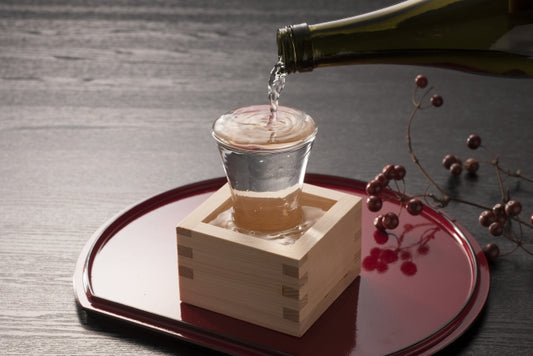
The Influence of Water Hardness on Japanese Sak...
Water hardness is determined by the concentration of metal ions such as calcium (Ca2+) and magnesium (Mg2+) dissolved in it.- Soft water: Low hardness, with low levels of calcium and...
The Influence of Water Hardness on Japanese Sak...
Water hardness is determined by the concentration of metal ions such as calcium (Ca2+) and magnesium (Mg2+) dissolved in it.- Soft water: Low hardness, with low levels of calcium and...
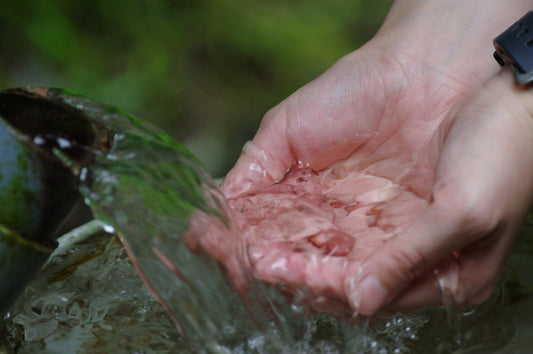
Undesirable Components in Sake Brewing Water
The essential components required in water for sake brewing are "potassium," "phosphorus," and "magnesium." These elements serve as sources of nutrition for yeast and koji mold, aiding in their growth...
Undesirable Components in Sake Brewing Water
The essential components required in water for sake brewing are "potassium," "phosphorus," and "magnesium." These elements serve as sources of nutrition for yeast and koji mold, aiding in their growth...
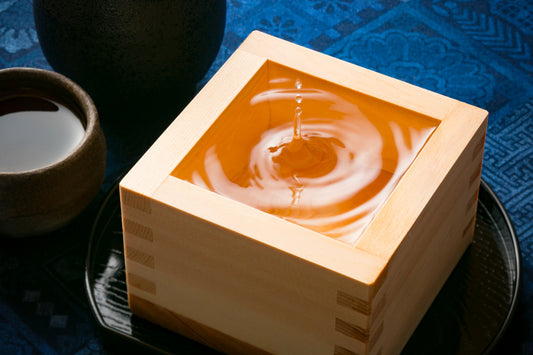
The Vital Role of Water in Sake Production
Sake, a traditional Japanese rice wine, is a beverage celebrated for its complex flavors and cultural significance. While rice, yeast, and koji mold are the primary ingredients in sake production,...
The Vital Role of Water in Sake Production
Sake, a traditional Japanese rice wine, is a beverage celebrated for its complex flavors and cultural significance. While rice, yeast, and koji mold are the primary ingredients in sake production,...
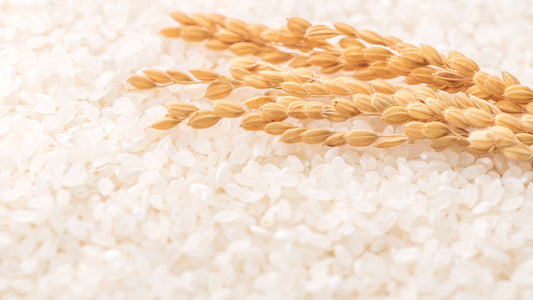
What Does Rice Mean to the Japanese People?
Rice is a very important staple for the Japanese people. In the past, it held significant economic value, with taxes being paid in rice and playing a crucial role...
What Does Rice Mean to the Japanese People?
Rice is a very important staple for the Japanese people. In the past, it held significant economic value, with taxes being paid in rice and playing a crucial role...

October 1st is Sake Day.
In 1978,the Central Association of Sake Brewers in Japan made a significant decision that would forever celebrate the rich tradition of sake. They officially designated October 1st as "Sake Day."...
October 1st is Sake Day.
In 1978,the Central Association of Sake Brewers in Japan made a significant decision that would forever celebrate the rich tradition of sake. They officially designated October 1st as "Sake Day."...
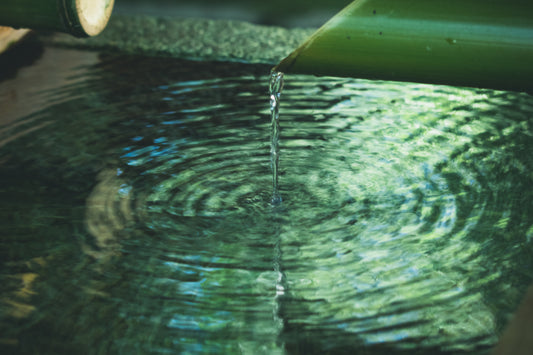
Japanese Sake and Its Relationship with Water.
Water plays a crucial role in the production of sake, comprising approximately 80% of the total volume of sake. It is an essential ingredient in various aspects of sake production,...
Japanese Sake and Its Relationship with Water.
Water plays a crucial role in the production of sake, comprising approximately 80% of the total volume of sake. It is an essential ingredient in various aspects of sake production,...
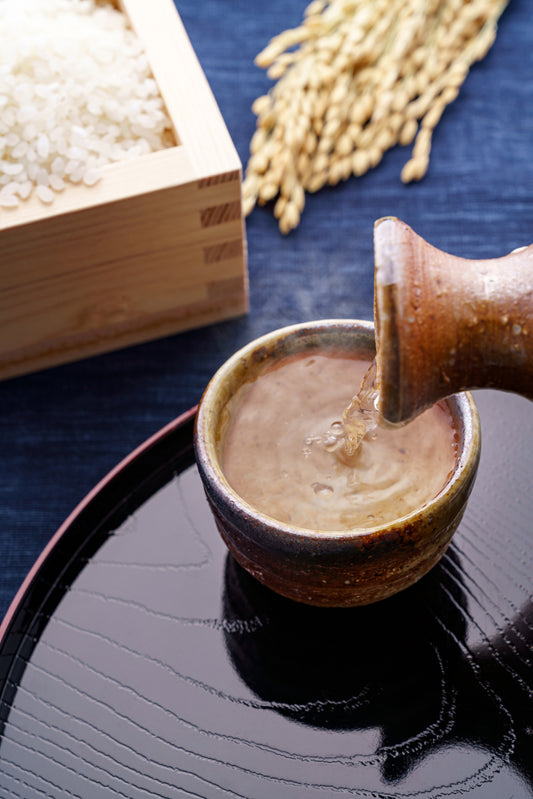
Tell me about sake rice other than Yamada Nishiki!
I'll talk about sake rice varieties other than Yamada Nishiki that are suitable for sake brewing. It is said that there are around 100 varieties of sake rice suitable for...
Tell me about sake rice other than Yamada Nishiki!
I'll talk about sake rice varieties other than Yamada Nishiki that are suitable for sake brewing. It is said that there are around 100 varieties of sake rice suitable for...
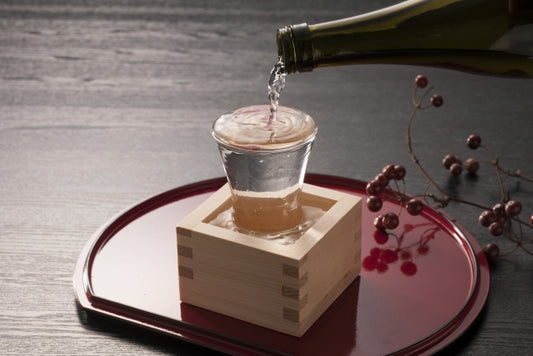
Yamada Nishiki: The King of Sake Rice
When it comes to the world of sake, one cannot underestimate the crucial role that rice plays in shaping its flavor and quality. Among the various rice varieties used in...
Yamada Nishiki: The King of Sake Rice
When it comes to the world of sake, one cannot underestimate the crucial role that rice plays in shaping its flavor and quality. Among the various rice varieties used in...
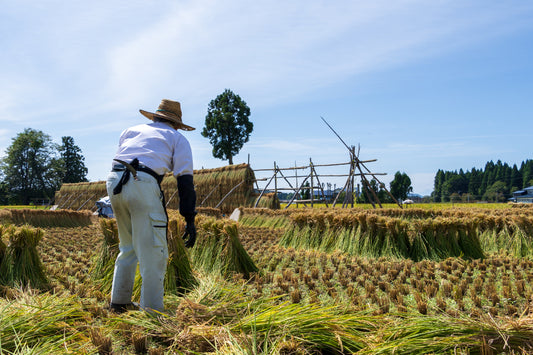
Cultivation of Sake Brewing Suitable Rice.
To successfully cultivate sake brewing suitable rice, which has a tall stature ranging from approximately 120-160cm(compared to 80-95cm of regular rice) and is at a higher risk of lodging. Therefore,...
Cultivation of Sake Brewing Suitable Rice.
To successfully cultivate sake brewing suitable rice, which has a tall stature ranging from approximately 120-160cm(compared to 80-95cm of regular rice) and is at a higher risk of lodging. Therefore,...
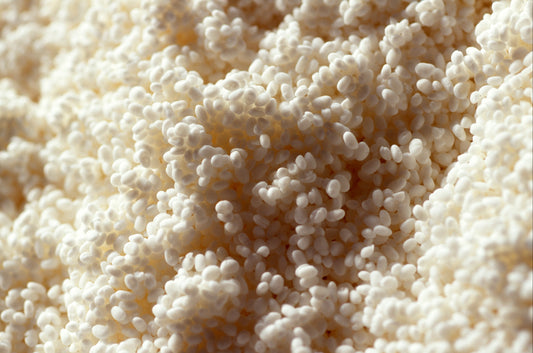
Abuot "Shuzo-koteki-mai【sake rice】 (酒造好適米)".
Sake rice, also known as "shuzo-koteki-mai," refers to rice specifically cultivated for the purpose of making sake (Japanese rice wine). While it may be the same type of rice as...
Abuot "Shuzo-koteki-mai【sake rice】 (酒造好適米)".
Sake rice, also known as "shuzo-koteki-mai," refers to rice specifically cultivated for the purpose of making sake (Japanese rice wine). While it may be the same type of rice as...
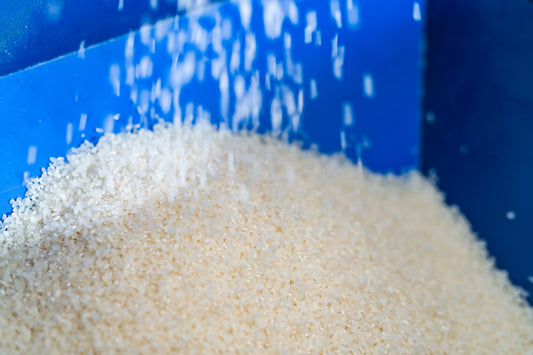
About Sinhaku(心白)
The cloudy central part of a rice grain is called "shinpaku 心白" in Japanese. It is rarely seen in the rice we commonly eat. The interior of shinpaku appears white because...
About Sinhaku(心白)
The cloudy central part of a rice grain is called "shinpaku 心白" in Japanese. It is rarely seen in the rice we commonly eat. The interior of shinpaku appears white because...
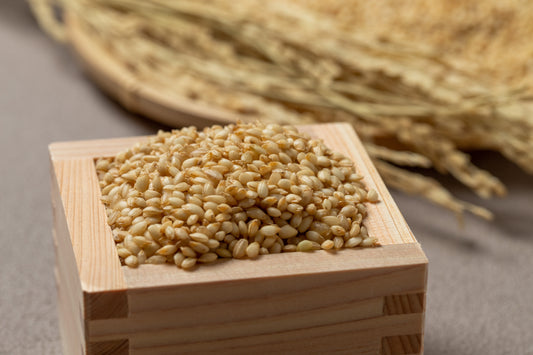
Explanation of the structure of rice
In autumn, rice plants bear many grains of rice in their ears. Once the rice is harvested, the grains are separated from the ears through threshing. Subsequently, the grains are...
Explanation of the structure of rice
In autumn, rice plants bear many grains of rice in their ears. Once the rice is harvested, the grains are separated from the ears through threshing. Subsequently, the grains are...
